We can't find the internet
Attempting to reconnect
Something went wrong!
Hang in there while we get back on track
Phoenix Framework
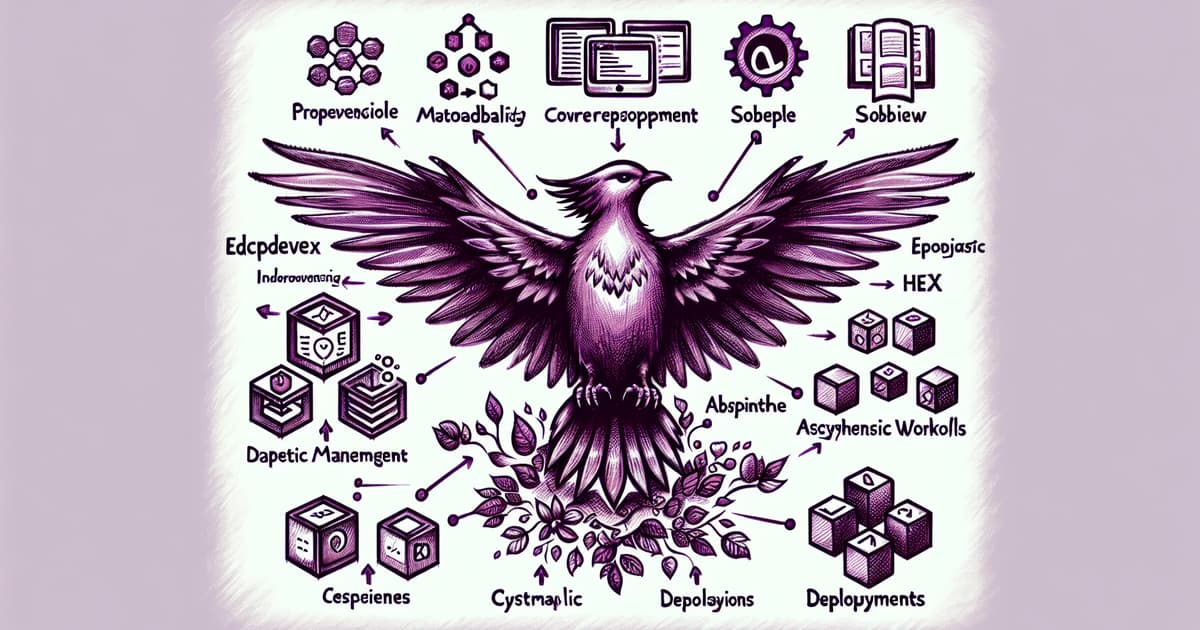
The Phoenix framework stands out in the Elixir ecosystem for its robust capabilities in web development, supported by comprehensive documentation and a supportive community. Developers have shared experiences working on commercial projects with Phoenix and LiveView, emphasizing the ease of integrating complex UI elements and ensuring real-time updates. Recent advancements include using Rust for performance improvements and introducing LiveView hooks for external libraries like SortableJS, enhancing UI customization. Furthermore, Phoenix's efficient handling of associations in Ecto simplifies relational management in applications. Concurrently, developers have noted the benefits of maintaining modular codebases and optimizing live updates, contributing to a streamlined development process.
A diverse set of tools such as Hex, Sobelow, and async workflows in LiveView attribute to Phoenix's extensive ecosystem. The introduction of libraries like Absinthe for GraphQL and components for handling upgrades and modifications highlights Phoenix's adaptability. Additionally, Phoenix's integration with tools like Fly.io leverages global distribution, facilitating scalable deployments. Real-time functionalities like LiveView Uploads further augment its dynamic capabilities, making Phoenix a versatile framework for modern web application development.

Implementing CSV Export in Elixir with NimbleCSV
Dan Schultzer discusses the challenges and solutions of exporting large CSV files using the NimbleCSV library in Elixir.
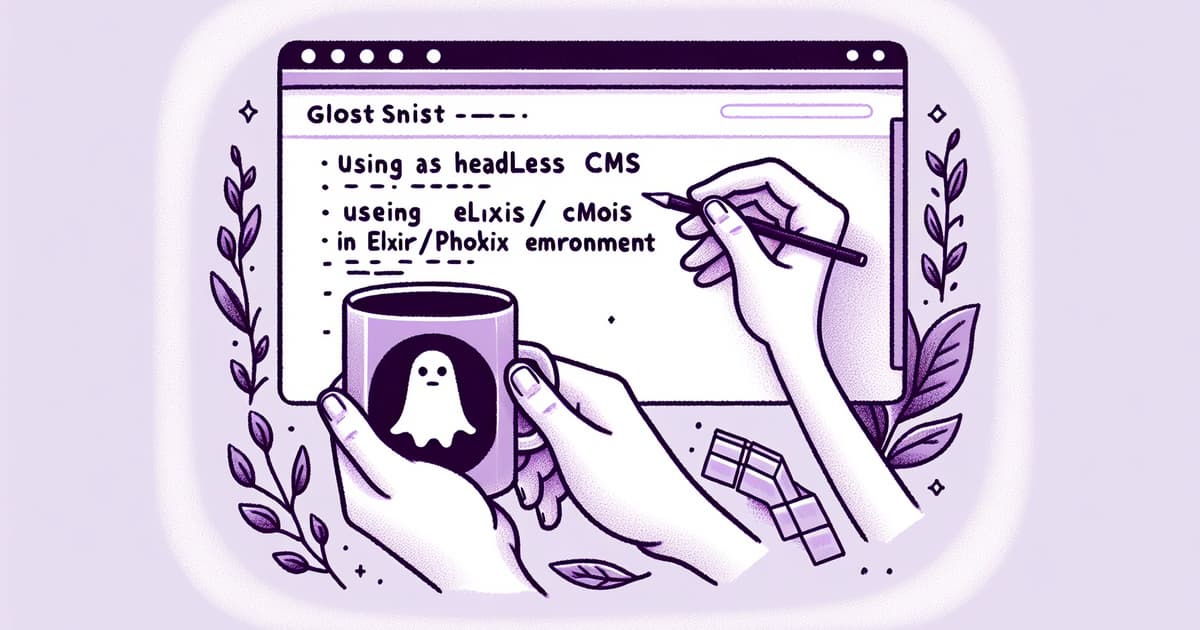
Integration of Ghost Headless CMS with Elixir/Phoenix
tzigane has created a package that enables the integration of the Ghost publishing platform as a headless CMS in Elixir/Phoenix projects.

In-Depth Examination of the Phoenix Framework in Elixir
Lars Wikman delves into the intricacies of Phoenix, the de facto web framework for the Elixir programming language.

Overview of the Elixir Programming Language's Popularity and Features
Szymon Soppa offers a comprehensive guide on the Elixir programming language, explaining its creation, features, and benefits in the context of modern programming needs.

Combining TypeScript with Elixir in Phoenix Projects
In this video, Andrew Stewart discusses the benefits of using TypeScript in Phoenix projects and provides a step-by-step guide on integrating it.
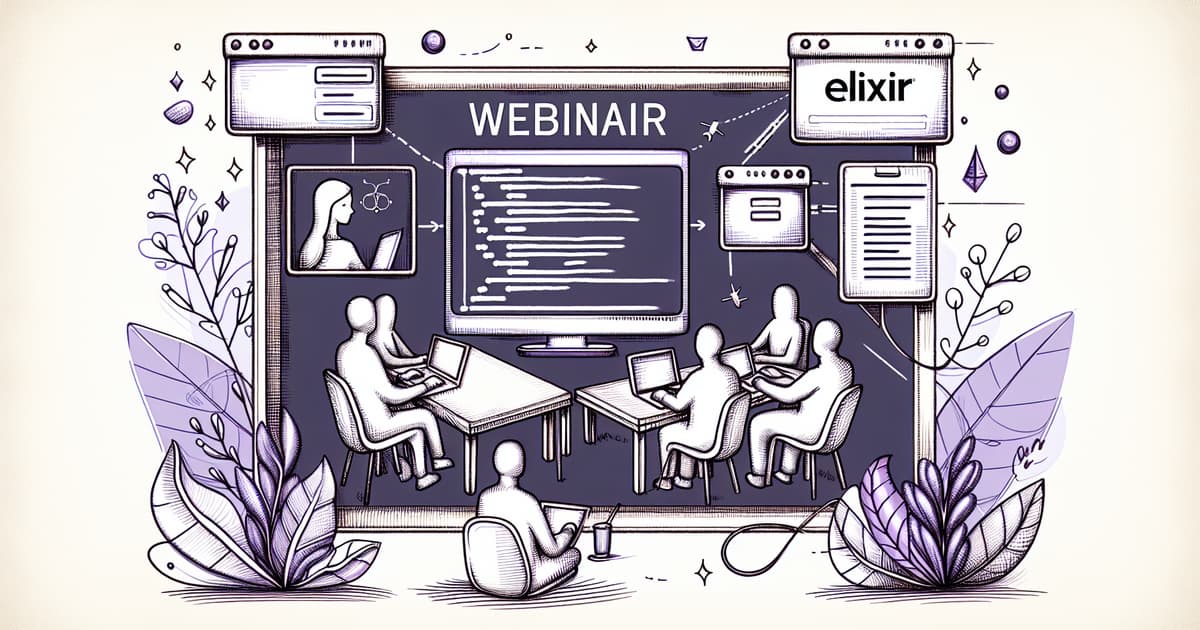
Insights into Elixir for Startups and Integrating React with LiveView
The webinar highlights Elixir's viability as a one-person stack for software startups by Tyler Young, and strategies for integrating React with LiveView by Andrew Ek.

Choosing the Right Architecture: Monoliths vs. Microservices in Elixir
Peter Ullrich discusses the social and technical implications of choosing software architectures such as monoliths, modular monoliths, and microservices in Elixir. He emphasizes considering both team structures and business requirements when selecting an architectural style.
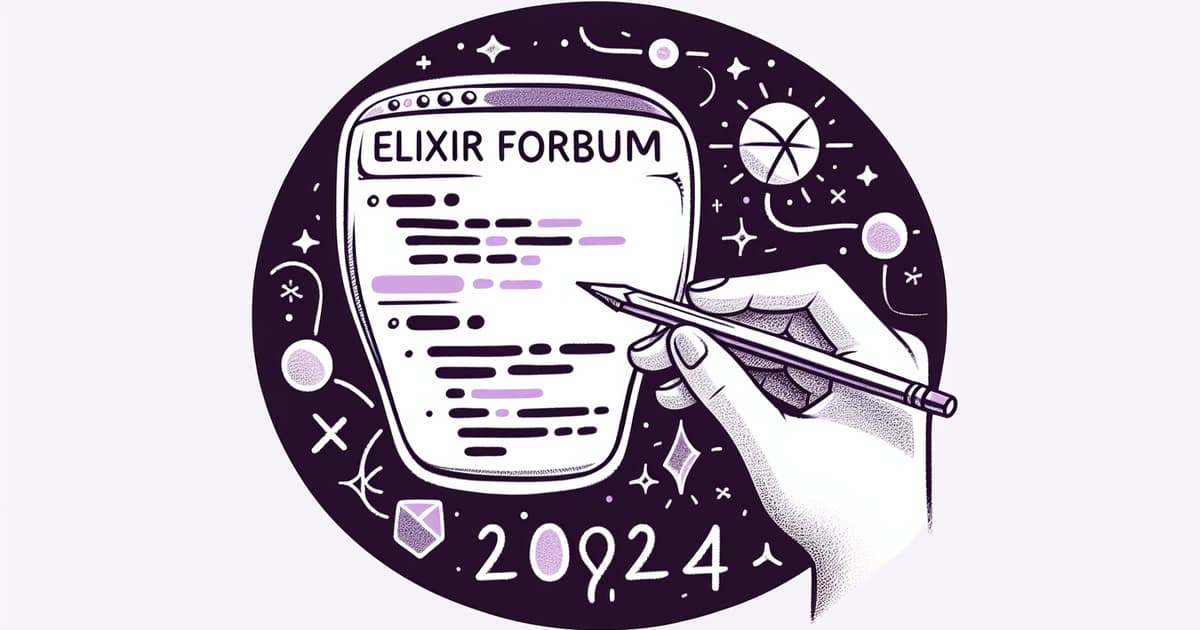
Summary of Elixir Forum's 2024 Annual Update
The Elixir Forum has shared their 2024 annual update, highlighting the growth of the Elixir community and ecosystem.

Understanding Phoenix LiveView for Real-Time Web Applications
Michał Buszkiewicz provides an in-depth introduction to Phoenix LiveView, its capabilities, and its role within the Phoenix ecosystem for building interactive web applications.

Overview of Phoenix LiveView
Karolina from Curiosum provides an introductory overview of Phoenix LiveView, highlighting its unique features and comparisons with other modern web development frameworks.
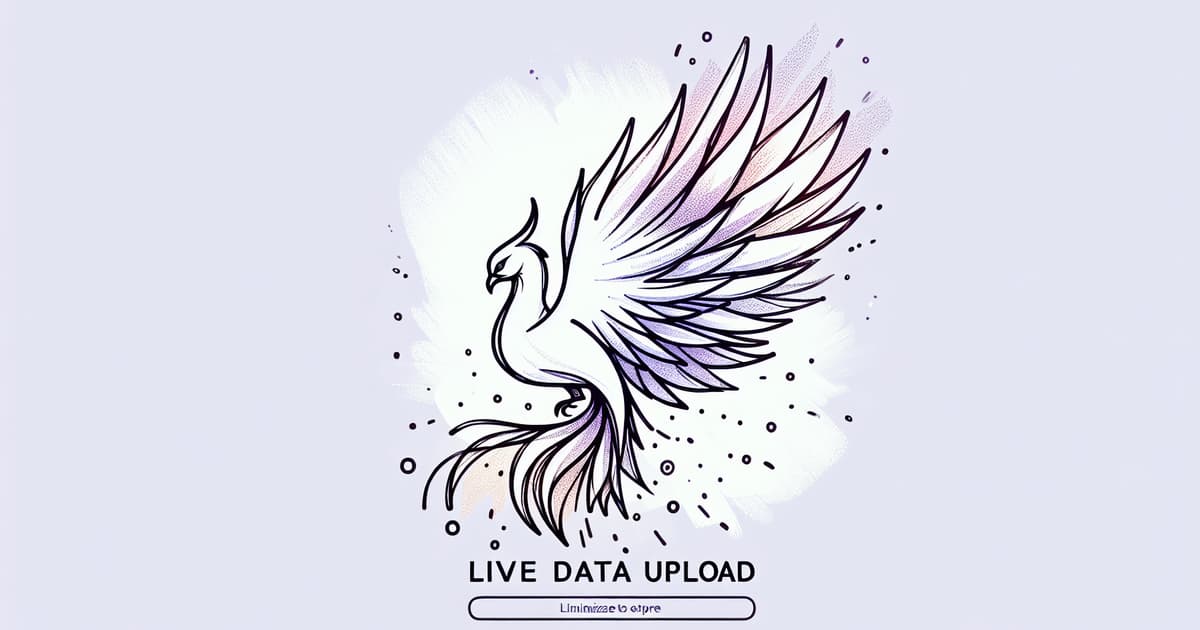
Customizing Phoenix LiveView LiveUploads for PDF Previews
Andrés Alejos describes how to customize Phoenix LiveUpload to show PDF previews using PDF.js.

Advantages of Using Elixir's Phoenix and LiveView for Web Development
Tamas Kadlecsik explains why the combination of Elixir's Phoenix framework and LiveView library is becoming a preferred choice for developing modern web applications, surpassing popular JavaScript frameworks.

Elixir's Phoenix Framework and SQLite Integration Discussion
The discussion explores the viability and experiences of integrating SQLite with the Phoenix framework for a web application.

Evaluating the Need for Gradual Typing in Elixir
George Arrowsmith discusses the reasons why gradual typing may not be necessary for Elixir developers by outlining the language's features that already reduce the need for explicit type systems.

Improving Elixir Development with the Ash Framework
Zach Daniel, along with hosts Adi Iyengar and Allen Wyma, discuss the capabilities and advantages of using the Ash Framework for Elixir programming.

Guide for Installing Elixir 1.16 on Ubuntu
Hezwat is seeking assistance for upgrading to Elixir 1.16 on a base Ubuntu system, specifically for running Phoenix, as the version available in the apt repository is outdated.

Request for Well-Written Open Source Elixir/Phoenix Projects
the-forester is new to Elixir/Phoenix and is seeking recommendations for well-written, open source projects to learn from, especially those that use web sockets.
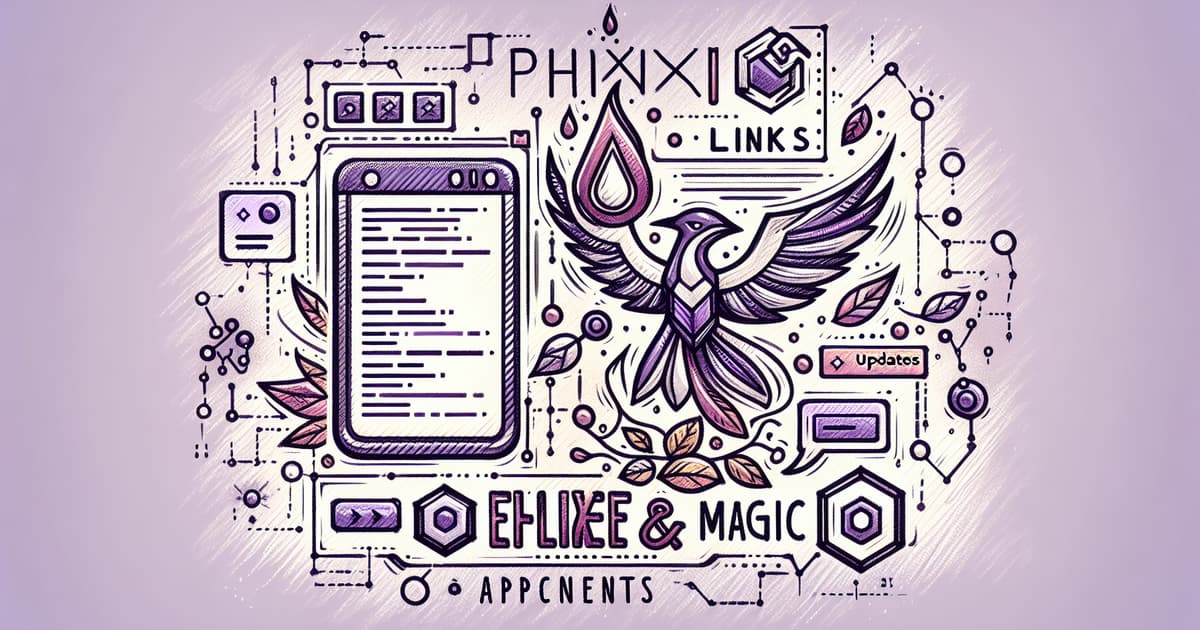
Elixir Updates and Magic Links in Phoenix Applications
The Thinking Elixir Podcast covers a mix of Elixir community news, including Testcontainers, Ash Framework's bulk operations, and ElixirStreams.com. The main topic is the implementation and implications of 'magic links' in Phoenix applications, offering a passwordless authentication solution.

Integrating OpenAI with Phoenix for Streaming Responses
Benj Reinhart writes about integrating OpenAI’s chat completions endpoint with their Phoenix application. This is the first post in a series aimed at developers looking to incorporate large language models into their products. It outlines the creation of a module for streaming chat completions, including handling authentication, parsing JSON responses, and setting up an endpoint for client streaming.

Evaluating Ash Framework for Long-term Elixir Development
Definitive_solutions shares their thoughts on considering Ash Framework for their long-term Elixir projects, detailing the pros and cons they've encountered.
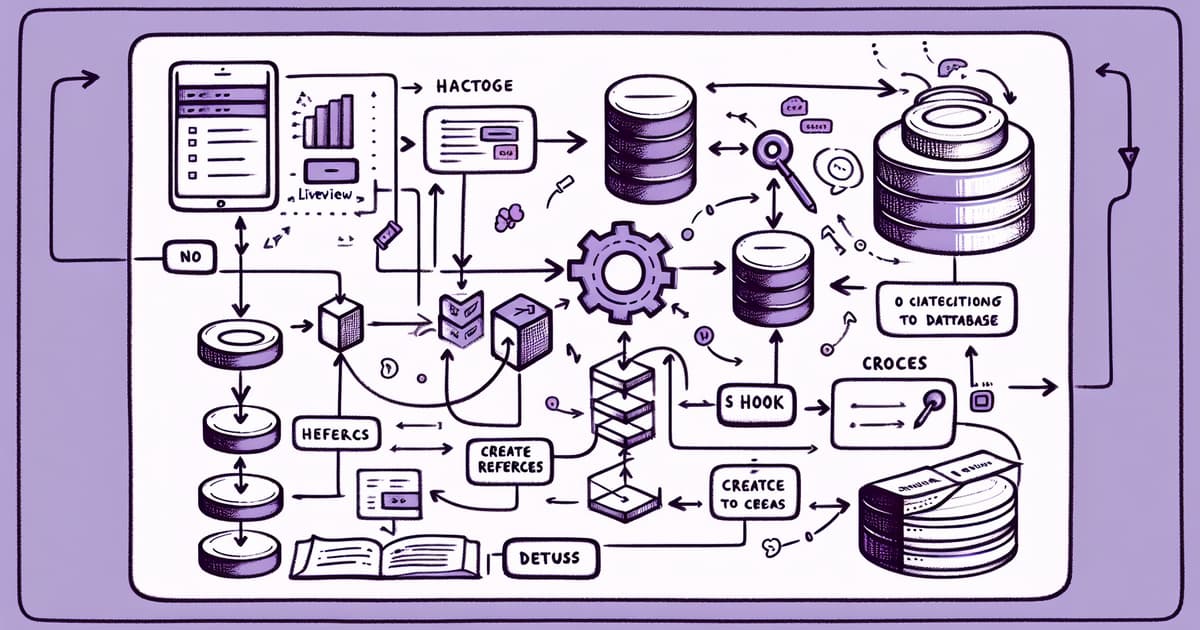
Creating Github-style Database Record References Using LiveView in Elixir
Jason Kaniekete explains how he enhanced his Tekken Teacher application by implementing Github-like reference functionality using a custom LiveView hook to better manage complex game data linking within text fields.

Recommendations for Learning Elixir and Phoenix
The author abiw119 is seeking resources to learn Elixir and then Phoenix. They have experience with front-end JavaScript projects and are looking for a project-based learning approach.

Turtles: A Holiday Side Project for Smart Lighting Control
Jói Sigurdsson discusses Turtles, a small and straightforward smart lighting control project built using Elixir, designed for personal use to manage Shelly dimmers and Philips Hue lights.

Securing IoT Devices with Nerves and AWS Greengrass
Alfonso Gonzalez presents a method to integrate AWS Greengrass into Nerves firmware for secure remote firmware updates in IoT systems.

Launch of Paraxial.io GitHub Application for Automated Security Feedback
Michael Lubas announces the launch of the Paraxial.io GitHub App, which provides automated security feedback on code changes made to Elixir and Phoenix applications.

Looking for Advanced Elixir Learning Resources
thebrilliot is in search of educational resources to gain a deeper understanding of Elixir's VM, standard tools like Registry, and the BEAM environment.

Implementing Magic Link Authentication in Phoenix
7sidedmarble has released a new educational resource covering the implementation of magic link authentication in Phoenix framework, including a video tutorial, a blog post, and a GitHub repository.

Exploring Adobe's Elixir Styler for Code Formatting
In episode 176 of ElixirCasts, we explore Adobe's Elixir Styler, a formatter plugin for Elixir that can identify and fix code issues automatically.

Inquiring about Creating a 3D Website Using Phoenix with No JavaScript
notSugarBun is inquiring about the feasibility of creating a 3D website using the Phoenix framework without relying on JavaScript.
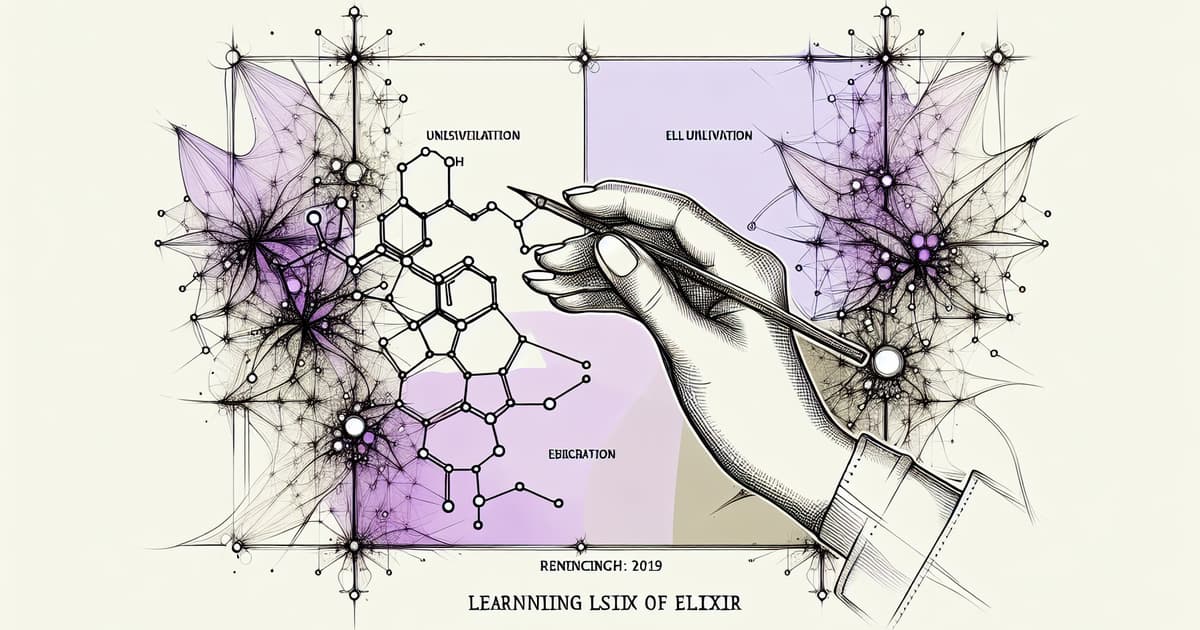
Overview of ELXPRO and Elixir Opportunities with Gustavo Oliveira
Adolfo Neto discusses Gustavo Oliveira's Elixir journey and the ELXPRO course on his podcast. Gustavo emphasizes the market demand for Elixir developers and how the language enables simpler and faster solutions to complex problems. He demystifies the journey to becoming a senior Elixir developer, emphasizing the continuous learning aspect of a developer's career. ELXPRO aims to help developers master Elixir from scratch with real-world projects, best practices, and community support.

Improving User Experience in Phoenix LiveView with a Loading Spinner
Luiz Cezer shows how to enhance a Phoenix LiveView app by adding a loading spinner during long operations.

Chris McCord Introduces FLAME for Phoenix in Thinking Elixir Podcast
Chris McCord discusses the announcement of FLAME in the Thinking Elixir Podcast, which brings a new serverless approach to the Phoenix framework.
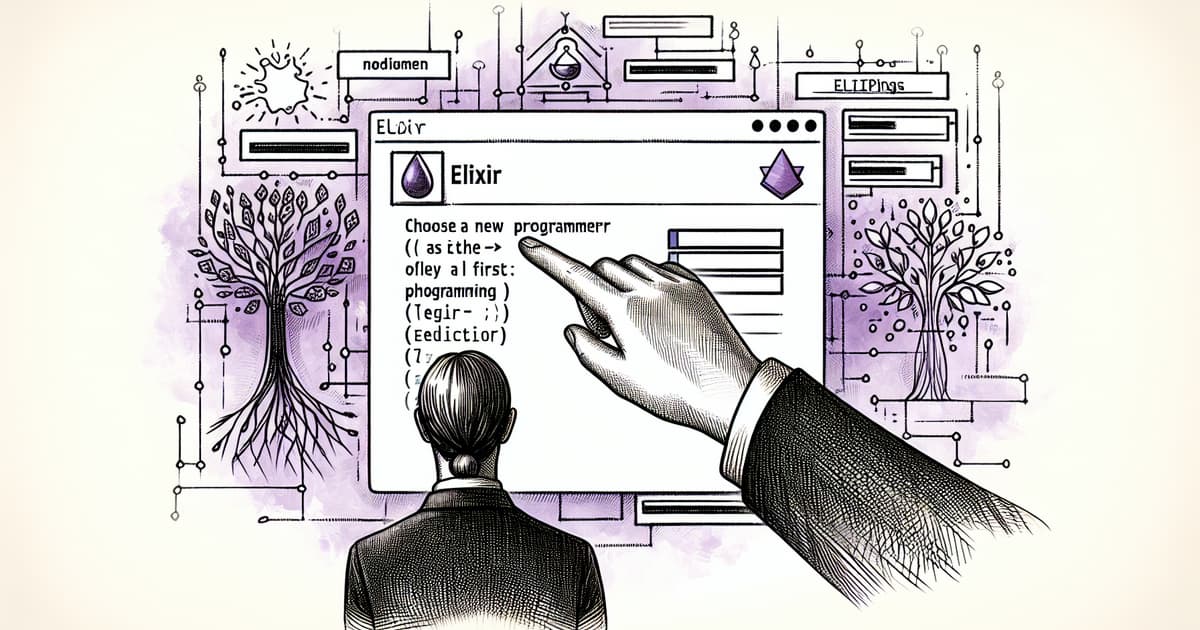
Debating the Suitability of Elixir for Programming Beginners
RevolutionaryASblank is considering Elixir to start a career in programming, especially for web development but is unsure if it's the right choice given other options like JavaScript, Python, and Ruby that offer more job opportunities.
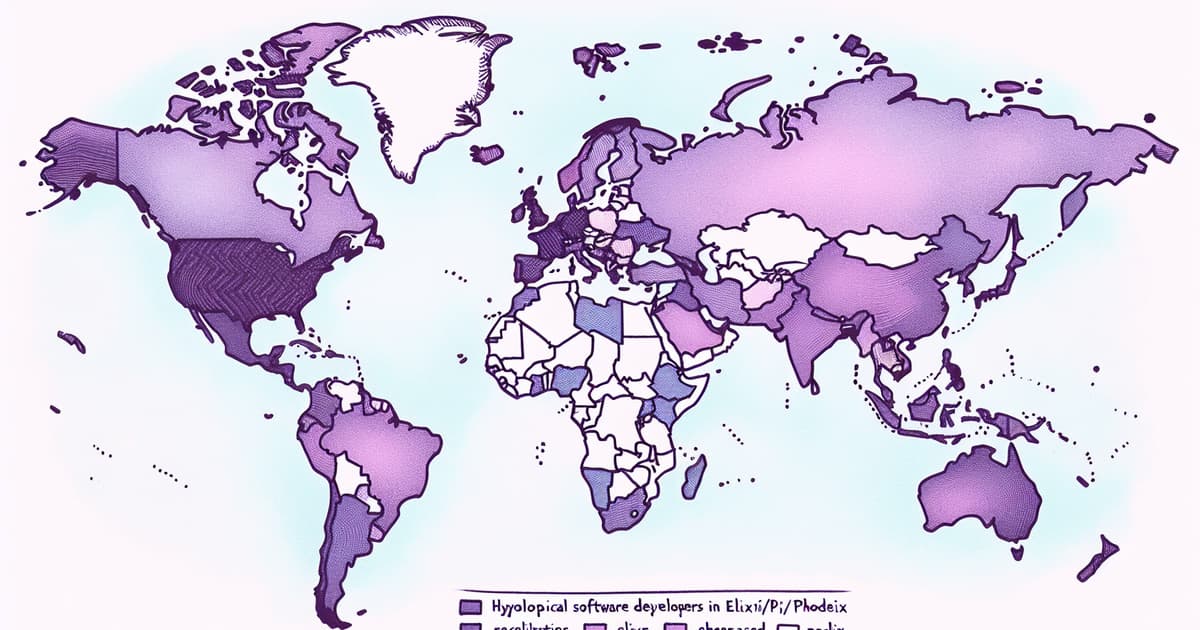
Global Distribution of Elixir and Phoenix Developers
hezwat has created a map representing the distribution of Elixir/Phoenix developers by country using data from the 2023 Stack Overflow Survey.

Understanding Phoenix Components in Web Development
Mateusz Osiński introduces Phoenix Components as reusable functional components in Phoenix framework similar to React components, emphasizing their utility for creating manageable, modularized web applications.

Using Swoosh and Oban for Email Delivery in Elixir Applications
In this article, Peter Ullrich discusses how to implement asynchronous email delivery in Elixir applications using Swoosh for building emails and Oban for handling background processes.

Implementing Polymorphic Embeds using Ecto in Elixir
Dan Schultzer shares how to validate and map semi-arbitrary data for embedded schemas in Phoenix forms using polymorphic embeds without database storage.

Troubleshooting Deployment with Docker for Phoenix and React applications
10smon is seeking advice on the simplest methods to deploy and connect a frontend React application with a backend Phoenix application using Docker. They are facing specific issues with their Docker image and request guidance on how to set up containers to communicate with each other.

Managing State Across LiveViews in Elixir Application
NerdyByDesign is seeking advice on best practices for managing communication and state between LiveViews in an Elixir Phoenix application.

Community Advice on Learning Elixir
Dry-Conflict-7008 seeks advice from the Elixir community on effective ways to learn Elixir, including resources and strategies.

Erlang's Role in Learning and Using Elixir for Programming
Author hezwat inquires about the necessity of learning Erlang for Elixir programmers and seeks guidance on the learning path to use Elixir professionally.
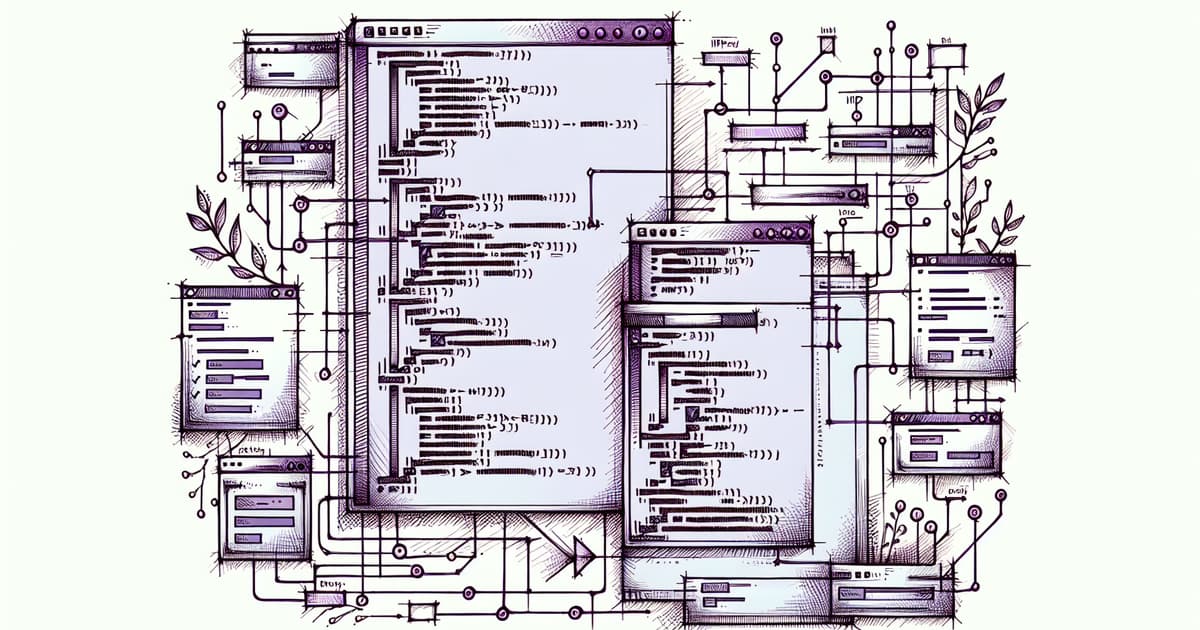
Introducing Francis HTMX for Elixir-based HTMX Projects
filipecabaco introduces 'francis_htmx', an Elixir library that simplifies the creation of HTMX sites by leveraging 'francis', which itself is a web server built around Plug and Bandit.

Timezone Conversion Strategies with Ecto in Elixir
A developer is seeking advice on handling timezone conversion for an examination system using Ecto in Elixir. The system has `start_date` and `end_date` fields, and there's a hesitation about the best practice for converting to UTC and back to local time for storage and retrieval.

Dropdown Issue in LiveView Navigation
InternalAmbassador69 shares an issue encountered with a collapsing dropdown in a LiveView application, where using `.link navigate` causes unexpected behavior.

Comparing Static Code Analysis in Elixir and Ruby
In this episode of Elixir Wizards, hosts Owen and Dan discuss static code analysis with René Föhring, creator of Credo for Elixir, and Marc-André LaFortune, head maintainer of RuboCop AST for Ruby.

Leveraging on_mount in Phoenix LiveView to Streamline Code
Herminio Torres discusses how the on_mount/1 callback in Phoenix LiveView can be used to run code prior to the mount/3 function, aiding in code reduction and maintainability.

Thinking Elixir Podcast Episode 180 Overview
This episode of the Thinking Elixir Podcast covers intriguing updates in the Elixir ecosystem, including a teaser from Chris McCord about Phoenix, Jose Valim's proposal for local accumulators, and the launch of a new Elixir library for node discovery using Postgres.

Implementing Real-time Search in Phoenix Using LiveView and Tailwind CSS
Kacper Golinski shares his implementation of a real-time search feature in a Phoenix application using LiveView and Tailwind, including a live demo and GitHub code snippets.

Overview of Drops Library for Elixir Data Validation
Peter Solnica introduced the new Elixir library called Drops for data validation, emphasizing its benefits and core features such as type-safe schemas and casting, detailed error messages, and validation rules.

Kanta - A Translation Management Tool for Elixir & Phoenix Applications
Szymon Soppa from Curiosum announced a new open-source library named Kanta designed to ease the translation process in Elixir & Phoenix web applications. It integrates with gettext and features a user-friendly UI for managing translations.
© HashMerge 2025